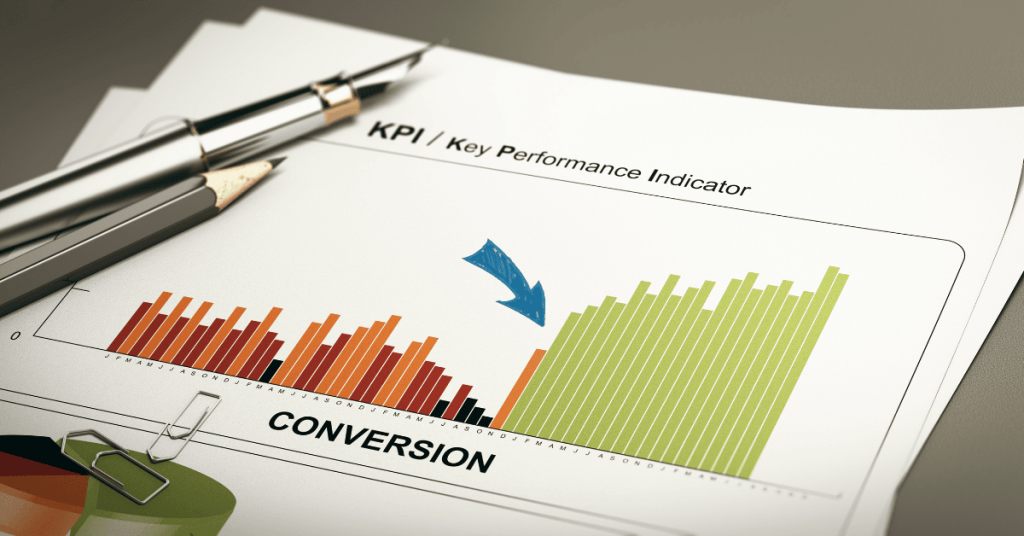Affordable Web Design Services for Small Businesses: What’s the Catch?
Picture this: You’re a small business owner, excited about launching your brand into the digital world. You know that having a sleek, professional website is key to attracting customers, but when you look up the cost of web design, your heart sinks. $5,000? $10,000? Surely, there’s a more affordable option… but is there a catch?
This is the dilemma many small business owners face when considering affordable web design services. How do you balance cost and quality? Is it even possible to get a functional, visually appealing site without breaking the bank? Let’s dive deeper into the world of affordable web design and find out how you can create an impactful online presence without draining your budget.

Too Good to Be True?
The phrase “affordable web design services for small businesses” might sound like a dream come true, but it often comes with skepticism. Many wonder: “Will my website look outdated? Will it function properly across devices? What hidden fees might pop up later?”
These are valid concerns. After all, your website is your digital storefront—it’s often the first thing potential customers see. The good news? Affordable web design does exist, and it’s possible to get high-quality results without the hefty price tag. The trick lies in knowing where to look and what to avoid.
The Key to Affordable Yet Professional Web Design
You might be wondering, “How can I cut costs without cutting corners?” Here’s where the suspense builds: not every affordable solution sacrifices quality. In fact, many agencies and freelancers specialize in working with small businesses, offering flexible packages that are budget-friendly yet effective.
To get the best results, focus on these critical areas:
- Choose a Template-Based Approach: Custom designs can be expensive. However, a beautifully customized template can look just as polished, saving you thousands.
- Prioritize Essential Features: Start with a minimalist approach. Add advanced features as your business grows. This strategy keeps costs down while giving you a website that meets your current needs.
- DIY Where You Can: Content management systems (CMS) like WordPress make it easy for you to manage certain elements of your website, reducing the need for constant updates from a web developer.
- Leverage Website Builders: Platforms like Wix, Squarespace, and WordPress offer affordable plans and user-friendly interfaces, allowing small businesses to create professional-looking websites without hiring a developer.
- Opt for Scalable Hosting Plans: Choose a hosting service that offers flexible pricing, allowing you to scale as your website grows. Bluehost and SiteGround provide affordable options for small businesses.
- Limit Custom Features: Start simple with your website by avoiding complex features like custom-coded animations or intricate functionalities. Add these only when your budget allows for expansion.
- Utilize Free or Low-Cost Plugins: If you’re using platforms like WordPress, plugins can add functionality to your site without the need for custom development. Many are free or low-cost and cover SEO, security, and performance enhancements.
- Learn Basic Web Design: By learning basic HTML/CSS or using tools like Elementor, you can maintain your site independently, reducing the cost of ongoing developer support.
- Focus on SEO: A website without traffic won’t benefit your business, no matter how affordable it was. Invest in SEO from the start using free tools like Yoast SEO for WordPress or Ubersuggest for keyword optimization.

Why Small Businesses Should Invest in Affordable Web Design
So, why not just build the website yourself using one of the many DIY tools available? While this seems like an easy, cost-saving solution, it often leads to subpar results and frustration. Without professional help, you risk slow loading times, poor mobile optimization, and missed SEO opportunities.
Affordable web design services for small businesses provide the expertise you need without overspending. Professionals will ensure your site is fast, user-friendly, and optimized for search engines—critical factors in attracting and retaining customers. A well-designed website can mean the difference between a customer choosing you or your competitor.
The DigiPalms: Your Reliable Partner in Affordable Web Design
Here’s the twist: Affordable web design services don’t have to be hard to find. At TheDigiPalms, we specialize in creating custom, affordable web solutions tailored to the unique needs of small businesses. With a team of no-B.S. marketers and designers, we focus on delivering measurable results without unnecessary frills.
Our affordable web design services ensure your website looks professional, functions seamlessly, and stays within budget. We also understand the importance of growth, which is why we offer scalable solutions, starting small but setting the stage for future expansion.

Ready to Take the Next Step?
Don’t let the fear of high costs stop you from creating an online presence that drives success. Whether you need a brand-new website or a redesign that aligns with your budget, TheDigiPalms is here to help.
Affordable web design for small businesses is not only possible but within reach. With the right approach, you can get a beautiful, functional website that supports your business goals without draining your resources.

Ready to create a website that works for you? Contact TheDigiPalms today for a consultation, and let’s start building your online presence together!






